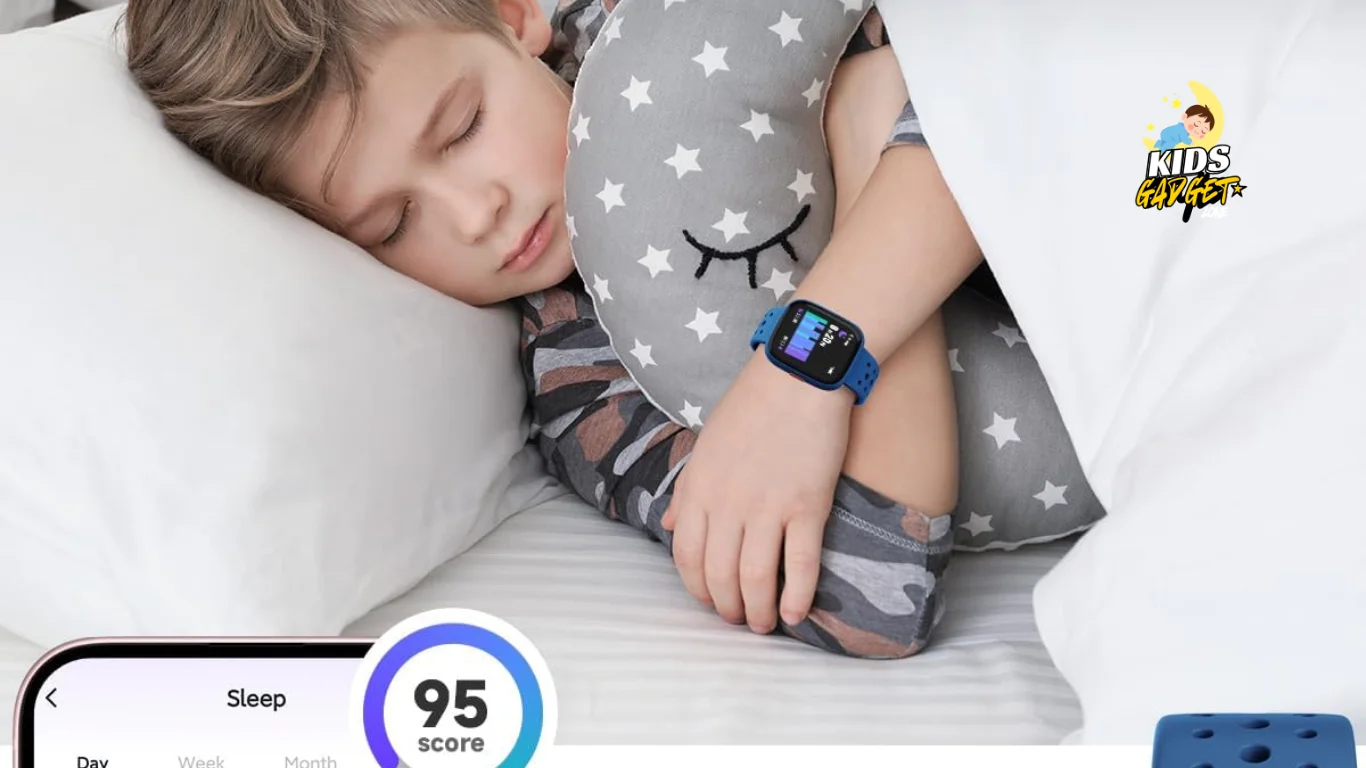Remember when you were a kid and constantly begged your parents for a cell phone? Now, there’s a whole new dilemma: Is there a smartwatch for kids without a phone? This article will explore the options available for parents wanting to provide their children with a safe and convenient way to stay connected, even without the complexities and potential dangers of a full-fledged smartphone. You’ll learn about the features to look for, the pros and cons of different devices, and ultimately, help you make an informed decision about whether a kid’s smartwatch without a phone is right for your family.
Smartwatch Options for Children Without a Smartphone
This section dives deep into the types of smartwatches designed specifically for children that don’t require a paired smartphone. We’ll explore their capabilities, limitations, and suitability for different age groups and needs. We will also look at the safety features that are crucial for this type of technology.
GPS Tracking and Location Services
- Many smartwatches for kids without phones offer GPS tracking. This feature allows parents to monitor their child’s location in real-time using a dedicated app on their own smartphone. This provides peace of mind, especially when children are out playing or attending activities independently. The accuracy of GPS tracking can vary depending on the device and signal strength; some watches use cellular networks for a more precise location.
- Geofencing is another vital component of these smartwatches. Parents can create a virtual perimeter (a “geofence”) around specific areas, such as home, school, or a friend’s house. The smartwatch will send an alert to the parent’s app if the child leaves the designated area. This helps prevent children from wandering off unintentionally and enhances safety.
Emergency SOS Features
- Emergency SOS is a standard feature in most kid-friendly smartwatches. With a simple button press, the watch can send an alert to pre-programmed contacts, providing the child’s current location. This could be a lifesaver in emergency situations. However, it is important to ensure that the contacts are accurate and promptly respond to such alerts.
- Two-way communication is often incorporated with the emergency functions. While it may not allow for lengthy chats, a short message exchange between the child and parent is often possible, allowing the parent to confirm the child’s safety and assess the situation.
Step Tracking and Fitness Features
Many smartwatches designed for children incorporate step tracking and other basic fitness monitoring features. This can encourage healthy habits and provide parents with insight into their children’s activity levels.
Call and Message Functionality (Limited)
While they don’t connect to a smartphone, some smartwatches have basic calling capabilities. Often this is limited to pre-approved contacts. Many watches support pre-programmed text messages, allowing the child to communicate with limited text options to parents.
Choosing the Right Smartwatch for Your Child
Selecting a suitable smartwatch for your child depends on several factors, including age, needs, and budget. We’ll discuss important considerations when making your purchase.
Age Appropriateness
- Consider the age and maturity of your child when selecting a smartwatch. Younger children may benefit from simpler devices with limited features, while older children may appreciate more advanced capabilities. Many manufacturers create age-specific versions to address these differing needs.
- Ease of use is vital. The device should be intuitive and straightforward for your child to operate, minimizing frustration and maximizing functionality.
Battery Life and Charging
- Battery life is a crucial consideration. Look for a smartwatch that offers a long battery life to avoid frequent charging, especially if your child uses it daily. Charging mechanisms vary; some use magnetic chargers, others use standard USB.
- Durability and water resistance are also significant. Children can be rough on their gadgets, so consider a rugged, water-resistant design to protect it from accidental damage.
Comparing Popular Kid-Friendly Smartwatches (Without a Phone)
Insert a comparison chart here comparing at least three different kid-friendly smartwatches that do not require a paired phone. Include key features such as GPS accuracy, battery life, emergency SOS capabilities, and pricing.
| Feature | Watch A | Watch B | Watch C |
|---|---|---|---|
| GPS Accuracy | Excellent | Good | Fair |
| Battery Life | 2 days | 1 day | 1.5 days |
| SOS Button | Yes | Yes | Yes |
| Price | $100 | $75 | $50 |
Addressing Common Misconceptions about Kid Smartwatches
Many parents have misconceptions about smartwatches for kids. This section aims to clarify some of the most common misunderstandings.
Myth 1: All Kid Smartwatches Require a Phone
This is false. Many smartwatches are designed specifically for kids and operate independently of a smartphone. They rely on cellular connectivity (requiring a separate data plan) or GPS for location tracking and communication.
Myth 2: Smartwatches are Too Expensive
While some advanced models can be costly, there are many affordable options available in the market that offer sufficient features for most families.
FAQ
What is the range of a GPS smartwatch for kids?
The range of a GPS smartwatch depends on the signal strength. In ideal conditions, it can be quite extensive, but it can be affected by buildings and geographical features. Many smartwatches offer cellular connectivity as a backup for more reliable tracking.
How do I charge a kid’s smartwatch?
Charging methods vary by brand and model. Some use magnetic chargers, while others use USB charging cables. Check your user manual for specific instructions.
Are kid smartwatches safe?
Kid smartwatches generally prioritize safety features, such as GPS tracking and emergency SOS buttons. However, it’s essential to be mindful of online safety and to familiarize your child with responsible usage.
Can I track my child’s location discreetly?
While many smartwatches provide location tracking, it’s generally recommended to be transparent with your child about the device’s functionality. Open communication is crucial for building trust.
What if the smartwatch runs out of battery?
Ensure that the smartwatch is charged regularly to avoid running out of battery. Some models send low-battery alerts, and it is helpful to have an alternative communication method as backup.
Final Thoughts
Choosing a smartwatch for kids without a phone offers a unique balance of safety, convenience, and independence. By carefully considering your child’s needs, comparing different models, and understanding the capabilities and limitations of each device, you can make an informed decision that best suits your family. Remember to prioritize features like GPS tracking, emergency SOS, and ease of use. Don’t hesitate to seek additional advice or reviews before making a final purchase. The safety and well-being of your child are paramount.

